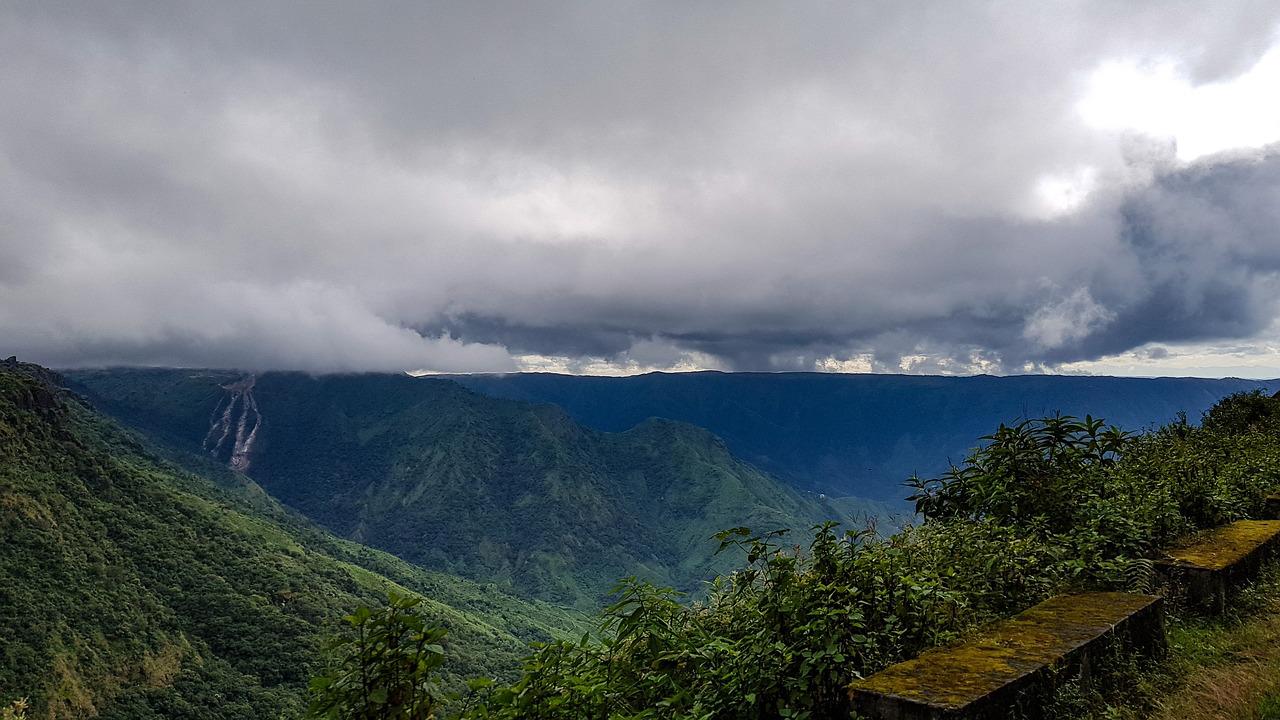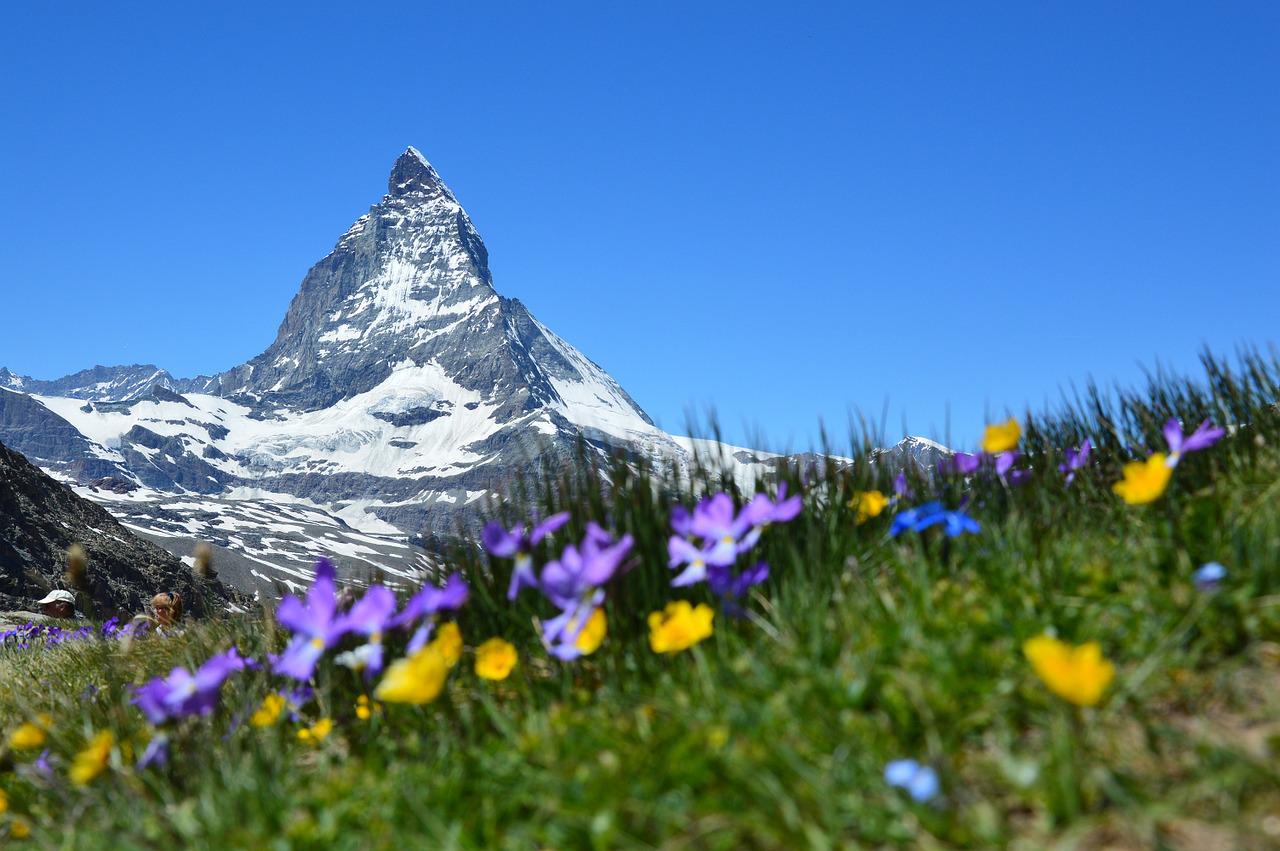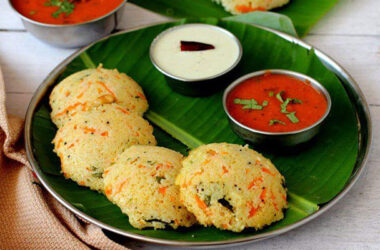Exploring North-East India: The unexplored, mysterious, and majestic states of Northeast India are a sight to behold. The Seven Sisters, i.e. a brother state of Arunachal Pradesh, Assam, Manipur, Meghalaya, Mizoram, Nagaland, Tripura, and Sikkim is the least explored, most mysterious, and arguably the most beautiful region of India. They are connected to the rest of the country by a narrow stretch of land between Bhutan and Bangladesh. They are arguably the least visited destinations in India due to remoteness, permit requirements, and ethnic tensions.
History of North-East India
Until the 1960s, the entire North East consisted of two parts – the North East Frontier Agency now known as Arunachal Pradesh, and Assam. But later on, it was further divided into 7 states and is now officially Sikkim also which makes a total of 8 states.
About the 7 Sisters & 1 Brother
- Assam
Assam is famous for its tea gardens, rich flora and fauna, and one of the largest UNESCO World Heritage Sites- Kaziranga National Park. Boating in the spectacular Dawki River near the Indo-Bangladesh border as well as encountering a one-horned rhinoceros is most popular among tourists. Majuli in Assam is the largest river island in the world. Situated on the banks of the Brahmaputra, the place offers a rich mix of soothing landscapes, tea plantations, mysterious mountain ranges, paddy fields, rustic countryside, wooden boats and houses, and vibrant plus colorful culture and traditions.
Capital City: Guwahati
Must Visit: Kamakhya Temple, Manas National Park, Assam State Zoo and Botanical Garden, Pobitora Wildlife Sanctuary, Molai Forest, Fatobihu, Fato Bihu – Mohguli Chapori
Must Do: Brahmaputra River Cruises, Shopping in Jorhat, Wildlife Safari in Manas National Park, Majuli, Kamalabari Satra, and Dakhinpat Satra, experience the eco-tourism of Tengapaniya.
- Meghalaya
Known as the Scotland of Eastern India, Meghalaya boasts immense beauty. It is famous for being home to the cleanest village in Asia. It is also known for one of the wettest places on earth, that is, Cherrapunji. Living root bridges, beautiful waterfalls, and some of the longest caves in India make Meghalaya an extremely attractive destination.
Capital City: Shillong
Must Visit: Mawlynnong, Latlam Canyon, Double Decker Living Root Bridge, Balpakram National Park, Umiam Lake
Must Do: Trekking on David Scott Trail, Rafting in Barapani Lake, Kayaking on Kinshi River, Camping at Khasi Hills
- Arunachal Pradesh
One of the most remote states, the people of Arunachal Pradesh are mainly of Tibetan origin. The Buddhist Monastery of Tawang, situated at an altitude of 10,000 feet above sea level, overlooking the Tawang Valley near Bhutan, is the most popular attraction in Arunachal Pradesh. It has a large collection of thangka (Tibetan paintings). Festivals like the Torgya festival, the Dri festival, the Myoko, the Jiro, or the Tawang festival bring this place to life.
Capital City: Itanagar
Must Visit: Tawang Monastery, Pakhui Wildlife Sanctuary, Namdapha National Park, Dirang, Parashuram Kund, Daporijo
Must Do: Enjoy Ziro Music Festival, Trek to Ziro, Trek to Sela Pass, See Thangkas at Tawang Monastery, and Visit the beautiful and charming Mechuka.
- Nagaland
Home to 16 different tribal groups, Nagaland is perhaps the most vibrant of the Seven Sisters. Tourists also like to visit the heritage village Longwa to see the famous skull exhibition. You can see the Burmese area from this village.
Capital city: Kohima
Must Visit: Mon, Longwa, Veda Peak, War Cemetery, Kohima Museum, Triple Falls, Tufema Village, Kachari Ruins.
Must Do: Trekking in Dzukou Valley, Soaking in peace at Khonoma, Wildlife Safari at Intanki Wildlife Sanctuary, Hiking at Japfu Peak.
- Mizoram
Mizoram has the highest literacy rate in India and is predominantly Christian. The landscape of this place is quite scenic with lush green paddy fields, bamboo groves, and deep forests. Chapchar Kut festival is one of the most popular festivals in Mizoram. The Blue Mountains National Park in Mizoram is famous for orchids and rhododendrons overlooking the Chhimtuipui River. Mizoram is situated at an altitude of eleven thousand feet above sea level and the view here is spectacular.
Capital City: Aizawl
Must Visit: Phungpui Hills, Murlen National Park, Dampa Tiger Reserve, Vantawang Falls.
Must do: Trekking in Blue Mountains National Park, Palak Lake tour, Mountain biking in Hamifang Hills.
- Manipur
Possibly one of the least visited places in North-East India, it is known as the Jewel of the East due to its spectacular landscapes. Held every January in Kachai, the Lemon Festival and Kang Chingba Festival are quite popular and lively.
Capital City: Imphal
Must Visit: Shri Govindji Temple, Keibul Lamjao National Park, War Cemetery, Sendra Island.
Must do: Boating in Loktak Lake, ancient Andro village at Moreh near the border, explore chariot rides.
- Tripura
Tripura is known for its majestic temples and beautiful palaces. The place Ujjayanta is quite popular among tourists for its rich history.
Capital City: Agartala
Must Visit: Neermahal, Gumti Wildlife Sanctuary, Unakoti, Jagannath Bari, Tripura Government Museum, Rowa Wildlife Sanctuary.
Must Do: Visit Trishna Wildlife Sanctuary, hike to Jampui Hills, shop for popular bamboo and cane artifacts, and enjoy boating at Sepahijala Wildlife Sanctuary.
- Sikkim
Known as the Brother of Seven Sisters, Sikkim is home to the popular Pemayangtse Monastery and the highest motorable roads of the Nathula Pass. Sikkim offers great adventure activities along with leisure activities.
Capital City: Gangtok
Must Visit: Lake Tsomgo, Gurudongmar Lake, Rumtek Monastery, Pemayangtse Monastery, Zemu Glacier.
Must Do: Backpacking through Yumthang Valley of Flowers, check out Singilla National Park, camping at Goecha La Pass.
Food of North-East India
Food is fairly light throughout the North-East, as there is a dearth of spices or condiments in the region. An exception to this fact is Bhut Jolokia also known as Raja Mirch, one of the hottest in the world, used liberally in most states. Some other popular dishes of the North-east are Tibetan momos, thupka, rice which is their staple food, zag (leaf vegetables), fish tenga (a souring agent), pitika (a vegetable mash) khorika (meat on a skewer), doh Neyong (pork with black sesame seeds), jadoh (rice cooked in pork stock), churpi (fermented rock-hard yak cheese), lai patta (mustard spinach) dry river fish, anishi (dried yams) Leaves) Akhuni (Fermented Soybeans), Singju (Salad of Raw Papaya and Chickpeas), Iromba (Fish and Vegetable Sauce) and many more interesting dishes.
The North-East is diverse and vibrant in many ways. This is one of the must-see sights for all! So add this to your bucket list and thank us later for the such great information!
Similar Articles
- Sikkim, India – A Door Way To Heaven
- Kalimpong – A Secret Hill Hideout of India
- India’s Floating National Park
- North East India – Top 5 Unique Dishes
- Best Time to Visit Gangtok
Frequently Asked Questions About North-East India
Q. Which are the North East states of India?
A – Eight states viz. Arunachal Pradesh, Assam, Manipur, Meghalaya, Mizoram, Nagaland, Sikkim, and Tripura.
Q. Why are 7 states called 7 sisters?
A – The northeastern states are often referred to as the Seven Sister States because they are interdependent on each other. All these states are connected to India through the Siliguri Corridor. Therefore, it is the only way to access the Seven Sister States.
Q. Why is North-East India famous?
A – North East India is famous for many things like the world’s only floating national park, the rainiest place in the world, the cleanest village in Aisa, Asia’s largest women’s only market, pleasant weather throughout the year, and dowry-free zone in India. The first biological kingdom in the world, the origin of polo, etc.
Q. Is North East India beautiful?
A – North East India is home to some of the most stunning, varied, and unspoiled scenery in India. From the snow-capped peaks of the soaring Himalayan mountains to the meadows of Assam and the steamy forests and majestic waterfalls of Meghalaya – North East India showcases nature at its finest!
Q. Which language is spoken in North East India?
A – For example, in the state of Assam, the Constitution of India recognizes Assamese, Bengali, and Bodo as official languages. In Manipur, it is Meitei or Manipuri. In Tripura, it is Bengali and Kokborok. In Mizoram, it is Mizo and English.
Q. Which is called the only brother state?
A – There are seven sisters in the north-eastern state.
Q. Why is Sikkim not included in the Seven Sisters?
A – Sikkim. Contrary to popular belief, Sikkim is not counted among the seven sisters of India as it does not share a border with any of them. Nonetheless, it is casually called the brother of seven sisters.
Q. Which is the smallest state in Northeast India?
A – Sikkim is the smallest North East state of India in terms of area.
Q. Is Northeast India expensive?
A – Due to its remoteness, the cost of trips in Northeast India is about 20% higher than similar trips elsewhere in India.
Q. What makes the Northeast special?
A – The northeastern region has broad valleys, rolling hills, and low mountains. The Appalachian Mountains extend from Maine in the northeast to Alabama in the southeast.
Q. Which religion is Northeast India?
A – An important aspect of the North-East is the absence of a rigid caste system. The majority of the people in Mizoram, Meghalaya, and Nagaland are Christians and in Arunachal Pradesh, there are many people who still follow the traditional tribal religion.
Q. Why is Northeast India underdeveloped?
A – Commercial rubber plantations, sericulture, and medicinal and aromatic plants can boost the Northeast economy. Nevertheless, it has remained largely underdeveloped due to poor infrastructure and limited connectivity; Both within the region and with the rest of the country.









